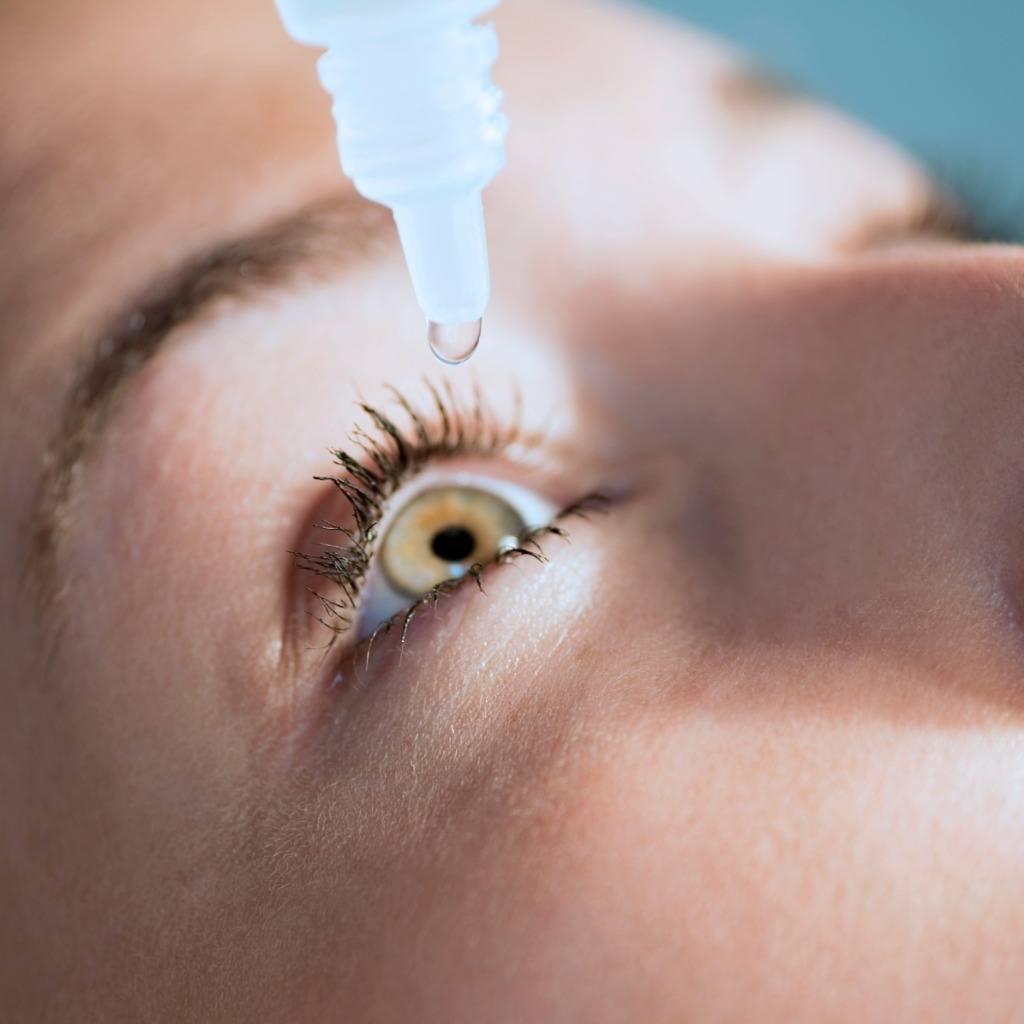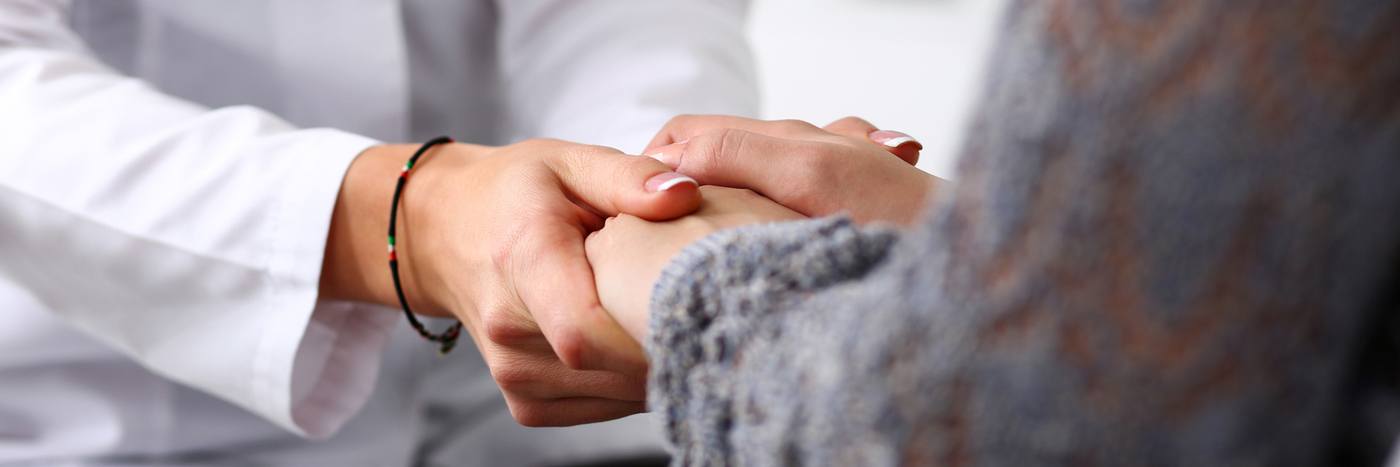What is Dry Eye Disease?
We need tears to keep our eyes healthy and to see clearly. Dry eye disease can harm that process. One of the most common eye conditions worldwide, especially for older adults, dry eye disease is a result of low tear production or poor tear quality. The ocular redness, burning, and sensitivity of dry eye disease are not only uncomfortable but if left untreated can result in ocular complications such as eye infections and vision problems. About 39 million people in the U.S. suffer from dry eye disease. Unfortunately, current treatment options don’t work well for everyone.

Symptoms of Dry Eye Disease
Symptoms of dry eye disease include eye discomfort, blurry vision, and grittiness. These symptoms can become debilitating.
Other symptoms include:
- Stinging or burning
- Sensitivity to light
- Redness
- Difficulty wearing contact lenses
- Difficulty driving at night
A person can also have watery eyes, which is the body’s response to the irritation caused by dry eyes. Dry eye disease can lead to severe inflammation and even vision loss.
Both men and women can get dry eye disease, and it is more prevalent in patients over 45. As we age, we produce fewer tears due to hormonal changes. Therefore, dry eye disease is more common in women, especially postmenopausal women over age 50.
Other causes of dry eye disease include:
- Rheumatoid arthritis or thyroid disease
- Living in a very dry climate
- Computer use
- Contact lens use
- Refractive eye surgery such as LASIK
- Medicines such as antihistamines, decongestants, blood pressure medications, and antidepressants


Dry Eye Treatment Options
Dry eye disease has no cure. People can manage the symptoms but can’t get rid of them entirely.
The most common treatment for dry eye disease is over-the-counter artificial tears. For some patients, certain FDA-approved drugs have limitations and new treatment alternatives, if approved, would be beneficial.
For severe cases of dry eye disease, patients may be given steroid eye drops. However, for certain patients, this treatment may not be optimal, and alternatives may be sought.
The Potential of Reproxalap for Dry Eye Disease
Studies have shown that the tears produced by people suffering with dry eye disease contain high levels of Reactive Aldehyde Species (RASP), which may stimulate and worsen inflammation in the eyes. We’re developing a new approach to treating eye inflammation — a small molecule drug candidate called reproxalap, which is designed to reduce RASP levels. Reproxalap is a novel mechanism of action which may be complementary to existing treatment approaches.
Clinical Trial News
In September 2018, we announced positive data from our Phase 2b clinical trial of reproxalap ophthalmic solution in patients with dry eye disease. Based on these results, Aldeyra started the RENEW Phase 3 clinical trial in April 2019 investigating topical ocular reproxalap for the treatment of dry eye disease.

